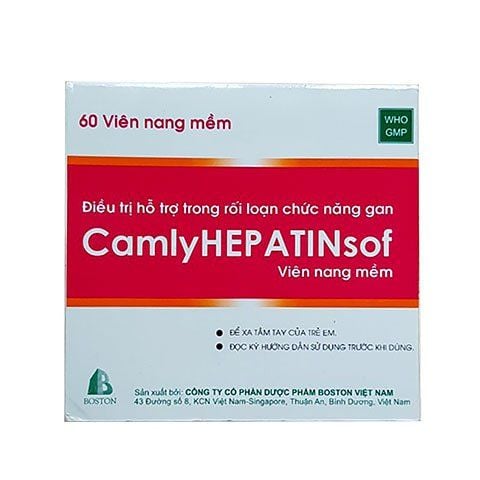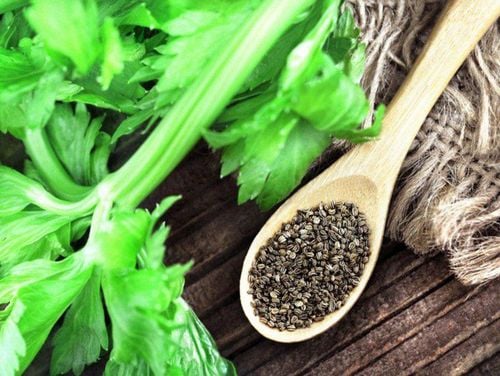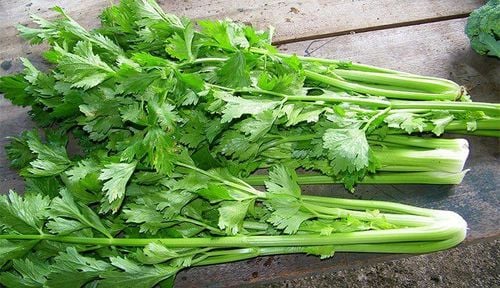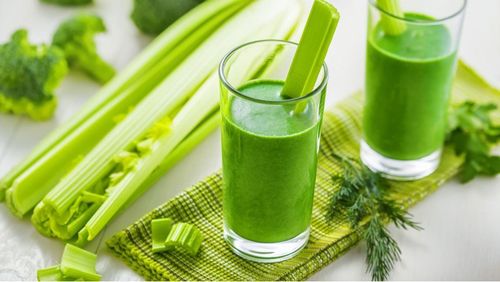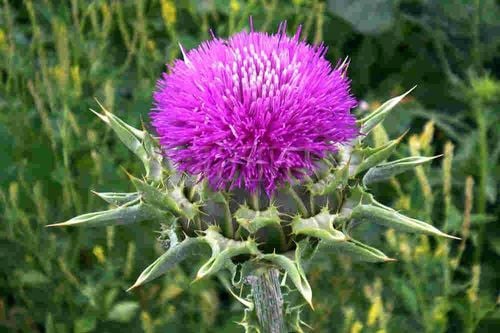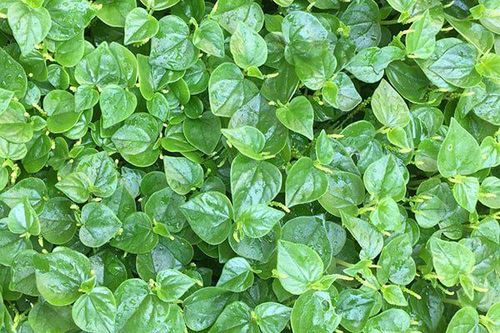This is an automatically translated article.
Parsley is a loyal and versatile herb that is used to add freshness and herbal flavor to dishes. The bright colored young leaves of the parsley plant are also used for decoration. This herb is very low in calories but rich in vitamins and minerals. Here are 10 varieties that can be used to replace fresh and dried parsley.
1. Coriander
Coriander is quite similar to parsley, but has a milder flavor, making it suitable as a substitute for fresh or dried parsley used in French cuisine. Coriander is relatively high in iron, and one teaspoon of dried cilantro contains 1% of the daily value. Iron plays an important role in ensuring the quality of red blood cells thereby maintaining healthy health. Coriander is roughly in the same category as flat leaf parsley, but, because of the milder flavor of cilantro, the amount used in place of parsley should also be reduced appropriately.
2. Herbs

Rau thơm có thể kiểm soát lượng đường trong máu
Herbs are also one of the main ingredients used in French cuisine. They are mixed with parsley, chives and garlic to make the typical French herbal condiment. Herbs have the ability to control blood sugar, especially effective for people with high blood sugar. Although the taste isn't quite the same as parsley, they can also be substituted as a garnish or used in small amounts for preparation.
3. Marjoram
Marjoram is in the same family as mint, that's why it has a strong and strong flavor. It is used to replace parsley in garnishes, both dried or fresh marjoram can be used in cooking.
Like herbs, marjoram has an even stronger flavor, so only a very small amount of marjoram is needed to use in place of parsley. Some animal and test-tube studies suggest that oregano also contains an antibacterial substance called thymol, which has the ability to kill certain harmful bacteria.
4. Chives
Chives have a taste similar to onions and garlic, they are shaped like small green onions and have a bright green color. Therefore, chives are often used in place of parsley to garnish and add color to dishes. Chives are rich in Beta Carotene, the precursor compound of Vitamin A. Beta Carotene is a potent antioxidant that can promote cell growth and development.
5. Arugula
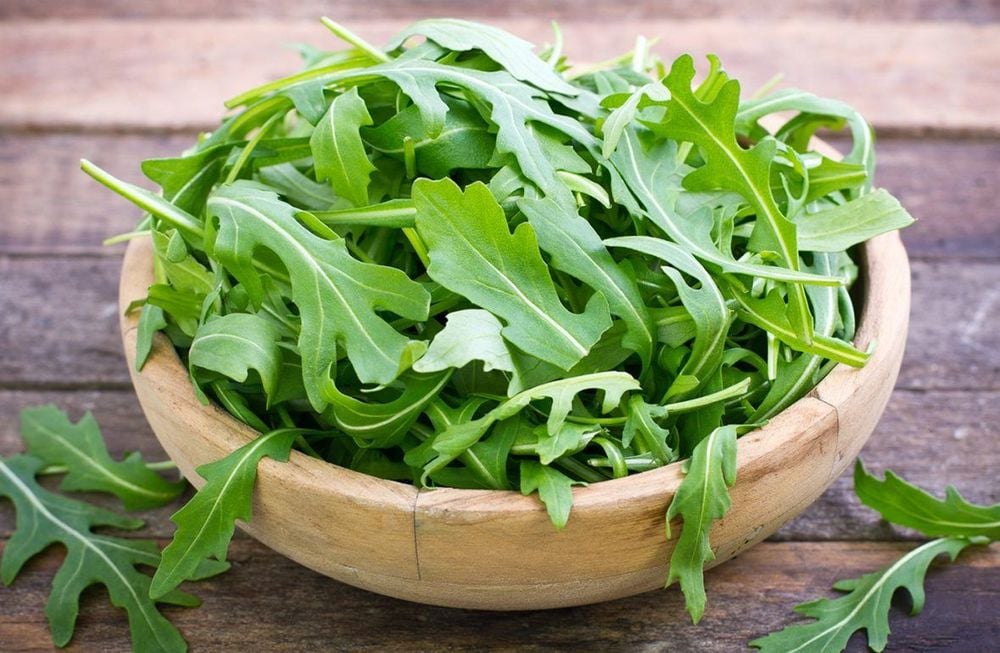
Cải Arugula
Arugula is not an herb, but a green vegetable. However, they have a spicy and slightly bitter taste. Because of this characteristic flavor, they can be used to replace parsley to eat and garnish dishes. Arugula has a larger leaf size than most other herbs, so when used as a condiment, they should be chopped and reduced in quantities used to limit the bitterness from this type of cabbage. Arugula is particularly rich in calcium, which promotes bone and muscle growth and also supports the cardiovascular system.
6. Lettuce
Lettuce is another green vegetable that can be used as a substitute for parsley, the leaves of some lettuce plants have a similar twist to curly-leaf parsley. Like arugula, lettuce has a slightly bitter and pungent taste. They should therefore be used in small quantities for cooking in place of parsley.
Most of the starch in lettuce comes from fiber. The amount of fiber in lettuce can promote digestion, laxative, and nourish beneficial bacteria in the intestinal tract.
7. Coriander
Coriander is a strongly flavored herb commonly used in Thai and Mexican cuisine. This vegetable is relatively similar in shape to the flat parsley leaves, used to garnish dishes. Like parsley, 4 grams of fresh cilantro is incredibly low in calories, containing less than 1 calorie per serving. Coriander is also a great source of vitamins and minerals.
8. Basil

Húng quế giàu vitamin K giúp đảm bảo xương chắc khỏe và đảm bảo tình động của máu
Basil is an herb with a strong flavor and bright green color. This is a spice commonly used in dishes from Italy and is the main ingredient in the famous Pesto sauce made from herbs, olive oil and pine nuts. Basil is very rich in Vitamin K, just 5 basil leaves can contain up to 9% of the daily nutrient intake. Vitamin K is an important nutrient in keeping bones strong and healthy.
9. Celery leaves
Celery leaves are a creative alternative to parsley. They are shaped like flat parsley leaves, but their flavor is said to be quite faint to replace the taste of parsley in the cooking process. Celery leaves contain mainly water and have very few calories, suitable for making decorative leaves on a plate.
10. Carrot leaves
Carrot leaves are also an interesting alternative to parsley in garnishing dishes. They are completely edible and have a number of health benefits for the user. Like carrots, carrot leaves contain a sufficient amount of Vitamin C and have strong antioxidants that can strengthen the body's immune system. However, carrot leaves often have a bitter taste, so they should not be used to replace dried and fresh parsley in cooking.
Customers can directly go to Vinmec Health system nationwide to visit or contact the hotline here for support.
Reference article Healthline.com




